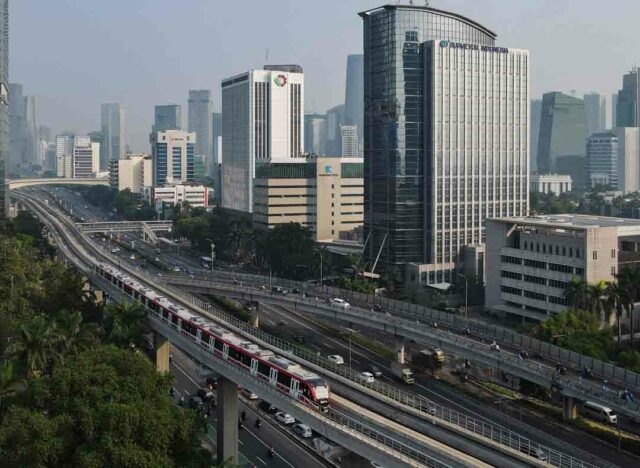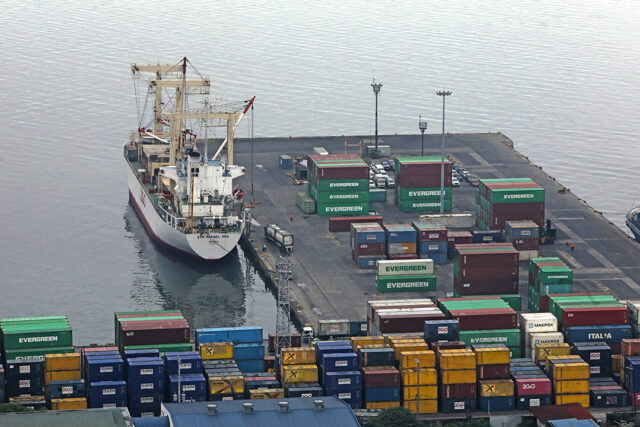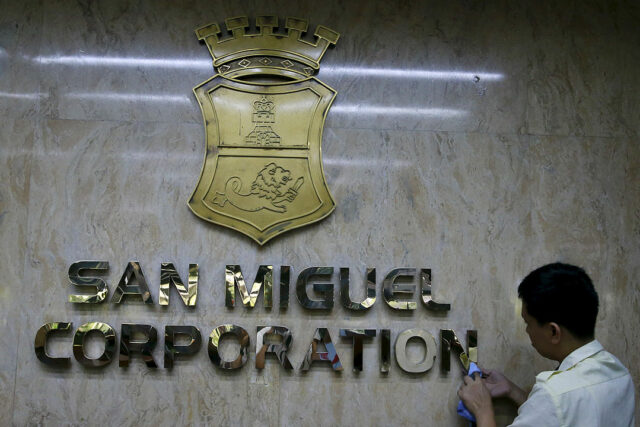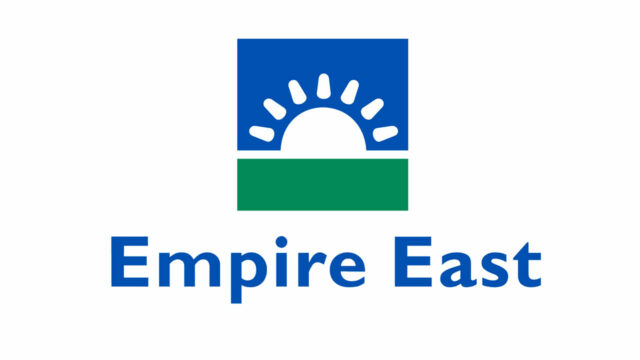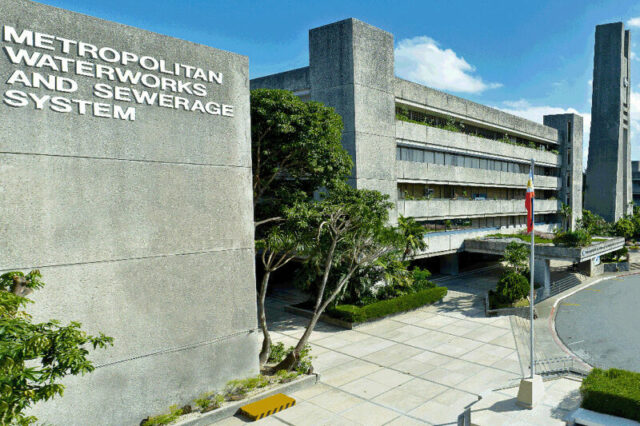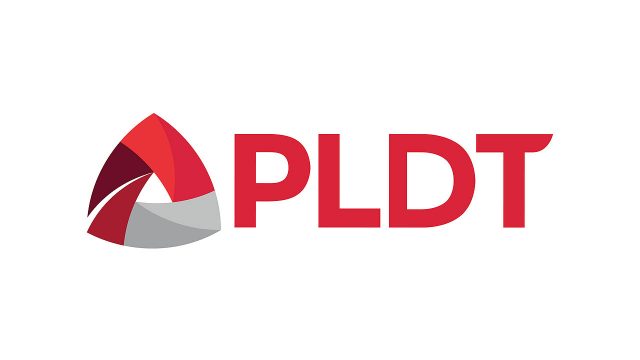By Justine Irish D. Tabile, Reporter
PHILIPPINE AUTOMOTIVE SALES rose by an annual 5.5% in May, amid “good consumer demand,” according to an industry group.
A joint report by the Chamber of Automotive Manufacturers of the Philippines, Inc. (CAMPI) and the Truck Manufacturers Association (TMA) showed vehicle sales jumped by 5.5% to 40,271 units in May from 38,177 units in the same month last year.
Month on month, sales increased by 7.9% from the 37,314 units sold in April.
 CAMPI President Rommel R. Gutierrez said month-on-month vehicle sales have started to recover in May. Vehicle sales had posted month-on-month declines of 1.6% and 0.4% in March and April, respectively.
CAMPI President Rommel R. Gutierrez said month-on-month vehicle sales have started to recover in May. Vehicle sales had posted month-on-month declines of 1.6% and 0.4% in March and April, respectively.
“Improvements in supply and good consumer demand, coupled with an increase in automotive financial schemes and extensive sales activities, helped boost sales on a month-on-month basis,” Mr. Gutierrez said in a statement.
Sales of commercial vehicles, which accounted for 72.8% of the total in May, inched up by 3.2% to 29,304 units from 28,385 units a year ago.
Month on month, commercial vehicle sales went up by 7.6% from 27,245 units in April.
Broken down, light commercial vehicle sales slipped by 3.8% year on year to 21,572 units, while sales of Asian utility vehicles (AUV) jumped by 32.8% to 6,769 units.
Sales of light-duty trucks and buses went up by an annual 19.9% to 531 units, while medium trucks rose by 7.3% to 369. Heavy-duty truck sales dropped by 22% to 63 in May.
Meanwhile, passenger car sales increased by 12% to 10,967 units in May from 9,792 units sold in the same month in 2023. Month on month, car sales rose by 8.9% from 10,069 units sold in April.
For the first five months of the year, vehicle sales increased by 12.7% to 187,191 units from 166,104 units a year ago.
Passenger car sales jumped by 17.6% to 49,247 units, while commercial vehicle sales increased by 11% to 137,944 units.
Rizal Commercial Banking Corp. Chief Economist Michael L. Ricafort said the Philippines’ vehicle sales and production were among the fastest growing in the Association of Southeast Asian Nations (ASEAN) region in recent months.
“This reflects the further recovery of many businesses and industries towards pre-pandemic levels,” said Mr. Ricafort in a Viber message.
“The (growth in car sales) also reflects the continued double-digit growth in the country’s consumer loans due to improved economic fundamentals and favorable demographics, despite relatively higher inflation and interest rates that increased borrowing costs recently,” he added.
Data from the Bangko Sentral Pilipinas showed that consumer loans increased by 25.3% to P1.35 trillion in April from P1.08 trillion in the same month last year.
In particular, motor vehicle loans grew by 29.3% to P762.19 billion in April from P589.53 billion a year ago.
The BSP has kept interest rates at a 17-year high of 6.5% since October 2023 to tame inflation.
Mr. Ricafort attributed the month-on-month increase in vehicle sales to “seasonality,” as consumers took advantage of better weather conditions to travel.
Toyota Motor Philippine Corp. remained the market leader with sales of 86,257 units in the January-to-May period, up by 11.7% from 77,194 units a year ago. Toyota sales accounted for 46.1% of the market.
Mitsubishi Motors Philippines Corp. ranked second with a market share of 18.8%. Mitsubishi sales jumped by 16.4% to 35,146 units in the first five months from 30,200 units last year.
In third spot was Ford Motor Company Phils. Inc., whose sales went up by 10.2% to 12,241 units with a market share of 6.5%.
Rounding out the top five were Nissan Philippines, Inc., which saw a 6.9% increase in sales to 11,559 units, while Suzuki Phils., Inc. posted a 13.1% rise in sales to 7,975 units.
For this year, CAMPI set a sales target of 468,300 units.
Last year, the industry sold 429,807 units.



